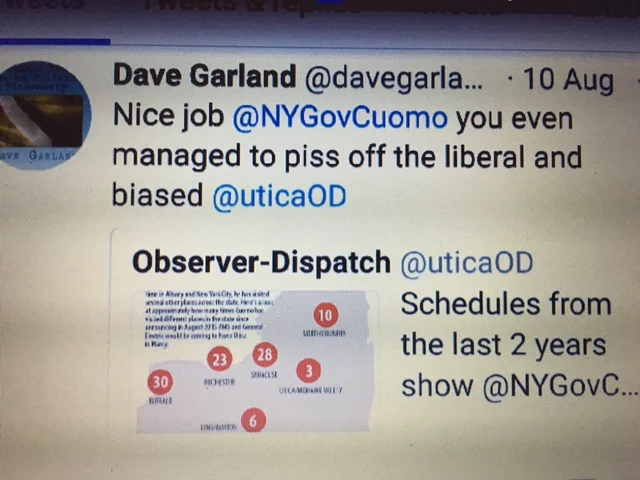Previewing Germany’s 2017 Parliamentary Election By Nathan Richmond
Germany goes to the polls on September 24th to elect a new Bundestag which, in turn, will choose a new government coalition. Chancellor Angela Merkel of the Christian Democratic Union (CDU) is seeking her fourth term as Germany’s leader.
The German Political System
Germany has a federal, parliamentary political system. The lower house of the bicameral German parliament is the Bundestag, the only branch of government directly elected by the people. Elections to the Bundestag occur every 4 years (or sooner if there is an anticipated election). The previous election was on September 22, 2013. The Bundestag not only legislates, but it also elects the Chancellor who the head of the German government, and thus the head of the executive branch. The other legislative chamber is the Bundesrat. Its 69 members represent the interests of the 16 German states. And finally, Germany has a president, currently Frank-Walter Steinmeier, who holds this ceremonial office. His five-year term began in March 2017 and runs to March 2022. He is eligible for reelection one time.
Bundestag Elections
Germany uses an unusual combination of single-member district (SMD) and proportional representation (PR) voting for the Bundestag. Each voter receives a ballot that allows him or her to cast two votes: one for their SMD representative and one for a PR party list. A party must win at least 3 SMD seats and/or 5% of the national vote to qualify for parliamentary seats. The PR results indicate the overall composition of the Bundestag. A party that hypothetically wins 35% of the vote will receive (about) 35% of the seats. A party that wins 5% or 10% of the votes receives about 5% or 10% of the seats. A party that wins fewer than 5% will not receive any seats unless they also win several SMD contests. Many voters split their votes, voting for a SMD candidate from one party and PR list from another. This practically guarantees that no party receives an outright majority, thus forcing Germany to have a coalition government.
Current Composition of the Bundestag
The Bundestag has a total of 630 members, so a legislative majority is 316 which no party currently enjoys. The Christian Democratic Union (CDU) and their Bavarian sister party the Christian Social Union (CSU) together hold 309 seats. This is Germany’s conservative, center-right party and currently the senior partner in a grand coalition.
The Social Democratic Party (SPD) holds 193 seats and is Germany’s traditional center-left party. The SPD is the junior partner in a grand coalition government with the CDU/CSU. Should the SPD come out on top in the upcoming election, their standard-bearer, Martin Schulz, would become Germany’s chancellor.
The Left Party currently holds 64 seats. This party is the heir to the ruling Socialist Unity Party (Communist Party) of the former East Germany. This party is quite far to the left on the German political spectrum.
The Alliance 90/Greens hold 63 seats. This party is rooted in the anti-nuclear, pro-ecology protest movements and is on the left of the German political spectrum.
And finally, there is one Independent who had been elected as a CDU candidate but who has since quit the party.
Other Political Parties, Old & New
The Free Democratic Party (FDP) has often been the “kingmaker” in German coalition governments post WW II. Prior to the entry of the Green Party and later the Left Party into the Bundestag the FDP, with 7%-11% of the national vote would decide whether they wanted to coalition with the CDU/CDU or the SPD. This political party is a centrist-liberal party. In the 2013 election, they did not win any seats in the Bundestag.
The Alternative for Germany (AfD) is a relatively new (formed in 2013) far-right political party. They are an anti-immigration and anti-Islam party whose strength is predominantly in the eastern part of Germany, the former German Democratic Republic (GDR), but it has won seats in 13 (of 16) regional legislatures.
Projected seats
A recent poll shows Merkel’s CDU/CSU with about 36% of the vote, which is close to a historic low for them. The SPD is second with about 20%. The AfD is projected to enter the Bundestag with about 12% and thus could become the leading opposition party. The FDP is poised to regain seats, currently projected to win 9.5%, followed by the Left Party (9%) and the Green Party (7.5%). The remaining 5% of the votes are expected to be split among other minor parties that will not qualify for Bundestag seats. Therefore, when it is all over, we are likely to see another CDU/CSU and SPD coalition government with Merkel as chancellor for another four years.
Nathan Richmond is Professor of Government at Utica College.





